Note: This website was automatically translated, so some terms or nuances may not be completely accurate.
Seminar Report: "Toward Realizing a World Where Humans and Robots Coexist and Collaborate"
The Japan Manufacturing Conference and Nikkan Kogyo Shimbun held a special lecture titled "Toward Realizing a World Where Humans and Robots Coexist and Collaborate: Robotics for Happiness" at the Iino Hall & Conference Center in Chiyoda Ward, Tokyo, on August 30.
This seminar was held in preparation for the World Robot Summit (WRS) scheduled for 2018 and 2020 by the Ministry of Economy, Trade and Industry (METI) and the New Energy and Industrial Technology Development Organization (NEDO). The WRS, a key policy initiative under the government's "New Robotics Strategy," will feature a total of eight competitions across four fields: manufacturing, services, disaster response, and others.
On the day of the seminar, experts introduced the latest trends in robotics technology and their respective initiatives under the WRS theme "Robotics for Happiness."
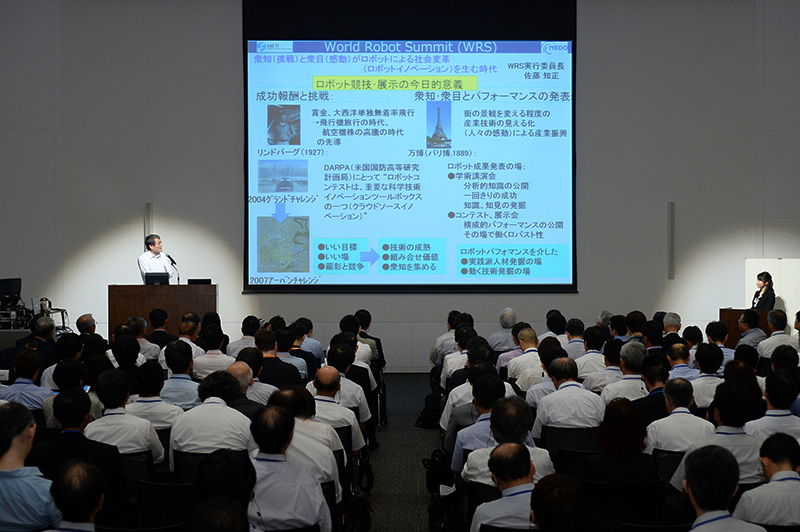
First, Professor Emeritus Tomomasa Sato of the University of Tokyo, Chairman of the WRS Executive Committee, delivered the opening address. He stated, "Researchers have two primary venues for presentation. One is academic conferences and similar forums for sharing knowledge and insights as researchers. The other is contests, which are well-suited for showcasing robot performance. Performance is crucial because robots must function properly in that setting. Such competition drives innovation."
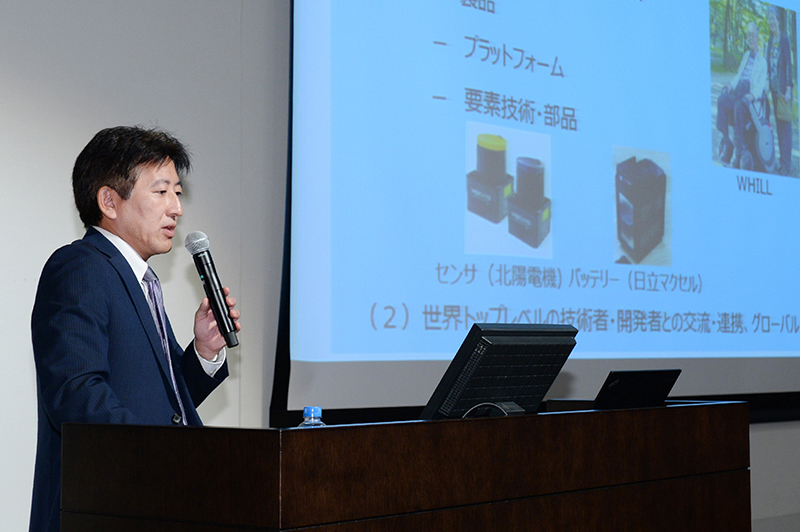
Next, Atsushi Yasuda, Director of the Robot Policy Office, Industrial Machinery Division, Manufacturing Industries Bureau, Ministry of Economy, Trade and Industry (METI), took the stage to speak on "Towards Realizing the Robot Revolution: Robot Policy and the World Robot Summit." He explained the growing demand in the fields of nursing care and social infrastructure.
"Globally, as societies age, the need for care robots is attracting attention not just in Japan but worldwide. Furthermore, social infrastructure like roads and bridges over rivers, many over 50 years old, require inspections every five years, making robots increasingly essential," he stated. Finally, he touched on the government's Robot Revolution Realization Council, noting the new strategy designates the five years starting in 2015 as a concentrated implementation period, with over 100 billion yen in investment planned from both public and private sectors.
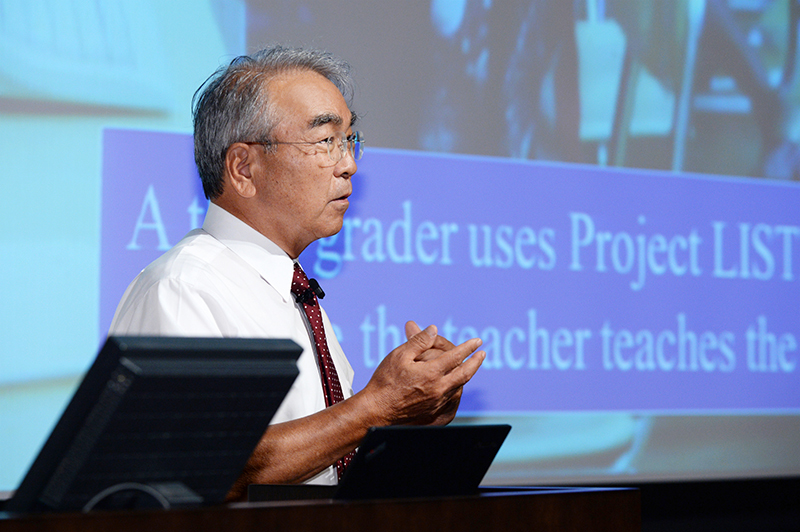
Special Lecture 1, titled "Real World Robots: Actors, Helpers and Enhancers," featured Takeo Kanade, Wittering Chair Professor at Carnegie Mellon University and Chairman of the WRS Executive Committee Advisory Board. Kanade explained that modern robots are moving beyond the concept of mechanisms toward information-driven mechanisms. He also emphasized that technological advances now enable robots not only to recognize faces but to fully track human movements, transforming them into machines that work alongside people.
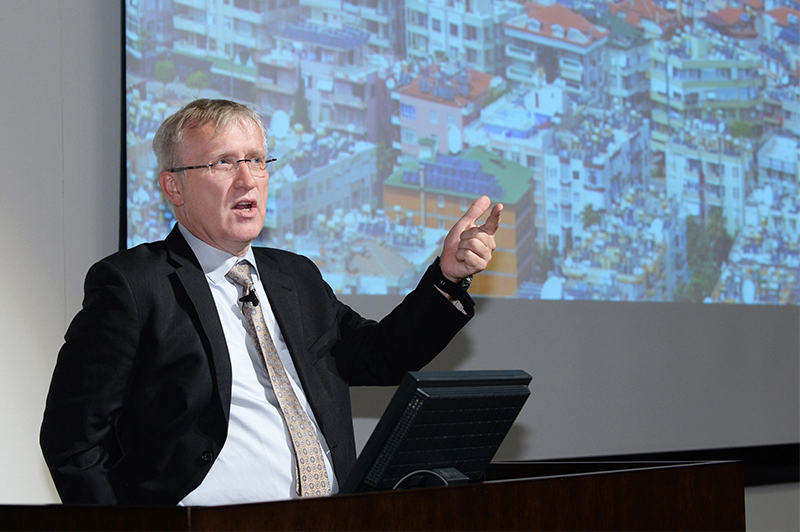
Special Lecture 2, titled "The Future of Robotics - Challenges and Opportunities," featured Henrik Christensen, Professor of Computer Science and Engineering at the University of California, San Diego, and Director of the Adaptive Robotics Research Institute. He discussed the future of robotics.
Professor Christensen stated, "The world's aging population is reducing the workforce, and robotics is the solution to this problem. For example, Tesla electric vehicles are designed to be easily manufactured by robots." He also cited distribution services and hospitals as other fields where robots will play a significant role. He further predicted that autonomous driving will be realized by 2025, unmanned aerial vehicles will become mainstream by 2030, and personalized education using robots will increase in the future.
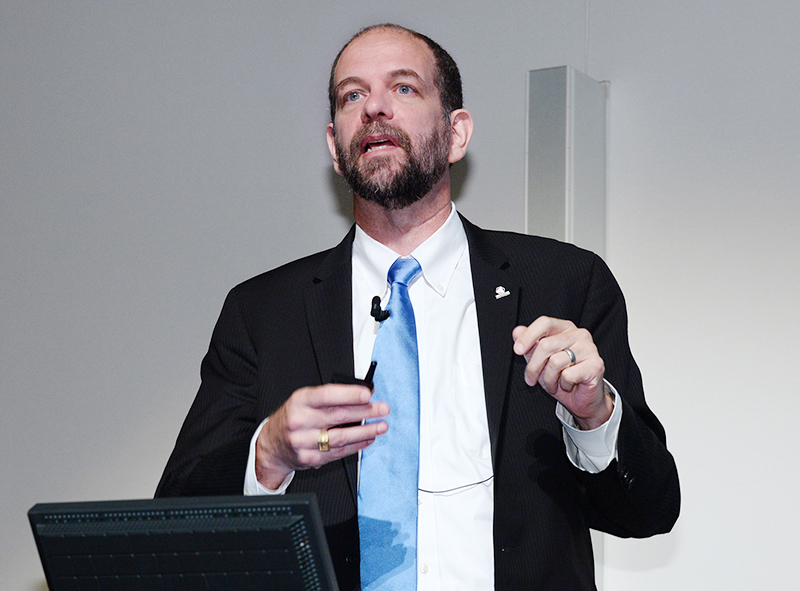
Special Lecture 3: "Lessons in Empathy from the DARPA Robotics Challenge" featured Gil Pratt, CEO of Toyota Research Institute and former Program Manager at the U.S. Department of Defense's Defense Advanced Research Projects Agency (DARPA).
Platts explained, "Deep learning and machine learning have enabled robots to perceive the world. This is analogous to how vision emerged in organisms during the Cambrian period, driving rapid evolution. If the AI—the robot's brain—moves to the cloud, robots will share information and communicate with each other, evolving further. I believe robots will build our society going forward."
He also noted that the human psychological response of feeling "sorry" when a robot falls during competitions, for example, helps overcome the "uncanny valley" phenomenon that occurs during robotic evolution.
Was this article helpful?